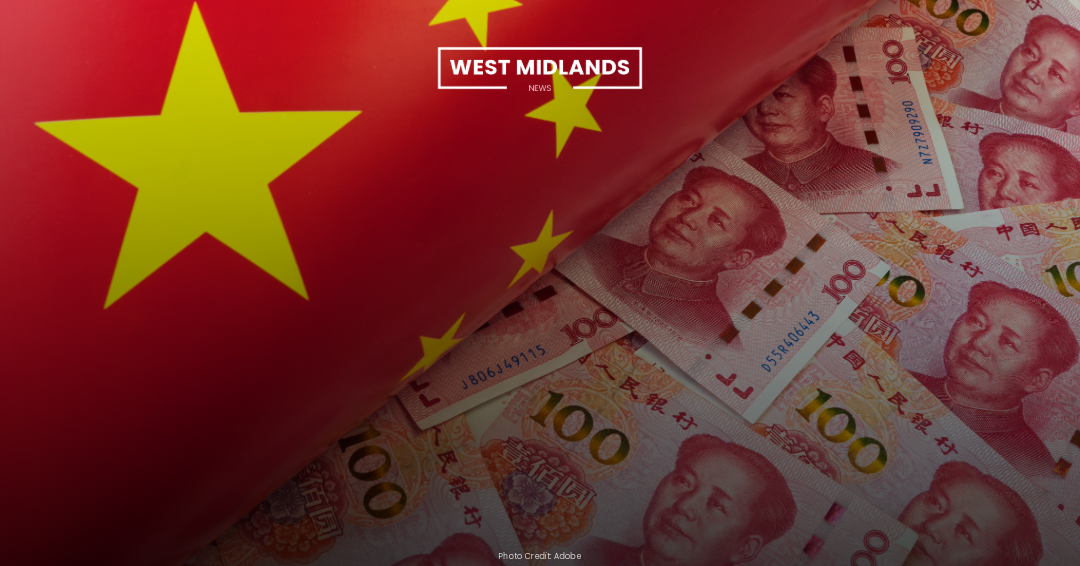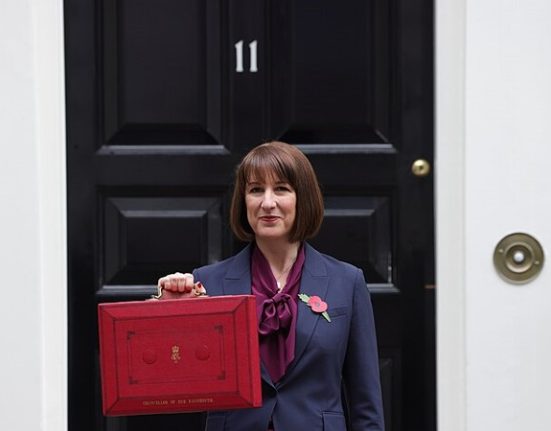China is deploying major capital injections into its top state-owned banks, raising a combined Rmb520bn (£57bn) in a rare government move to stabilise its banking sector and support the broader economy.
Four of the country’s biggest lenders – Bank of China, Bank of Communications, Postal Savings Bank of China, and China Construction Bank – announced they would raise Rmb165bn, Rmb120bn, Rmb130bn, and Rmb105bn respectively through share sales.
The Ministry of Finance will be a key investor in the deal, underlining the government’s commitment to propping up financial institutions at a time of deepening economic challenges.
The capital raises will strengthen the banks’ core tier one capital ratios – a key regulatory measure of financial resilience – and forms part of a wider set of policy tools being used by Beijing to restore market confidence.
Govt moves to combat profitability pressures
Since September, Chinese authorities have escalated efforts to shore up the economy, which continues to be weighed down by deflation risks, stagnant consumer spending, and a prolonged property sector slump now entering its fourth year.
The capital injections come as banks face mounting profitability pressures. Bank of China’s net interest margin dropped to 1.4 per cent last year from 1.59 per cent, while Bank of Communications reported a slight decline to 1.27 per cent. Weak margins limit banks’ ability to lend, even as Beijing pushes them to support growth.
The move signals a growing sense of urgency within China’s leadership. Policymakers are keen to unlock fresh credit flows into critical sectors and avoid systemic risks stemming from the ongoing real estate downturn.
While the scale of the capital raise is significant, it also reflects Beijing’s strategic intent: to ensure its financial institutions remain robust enough to absorb shocks – while continuing to fund China’s fragile post-Covid recovery.







